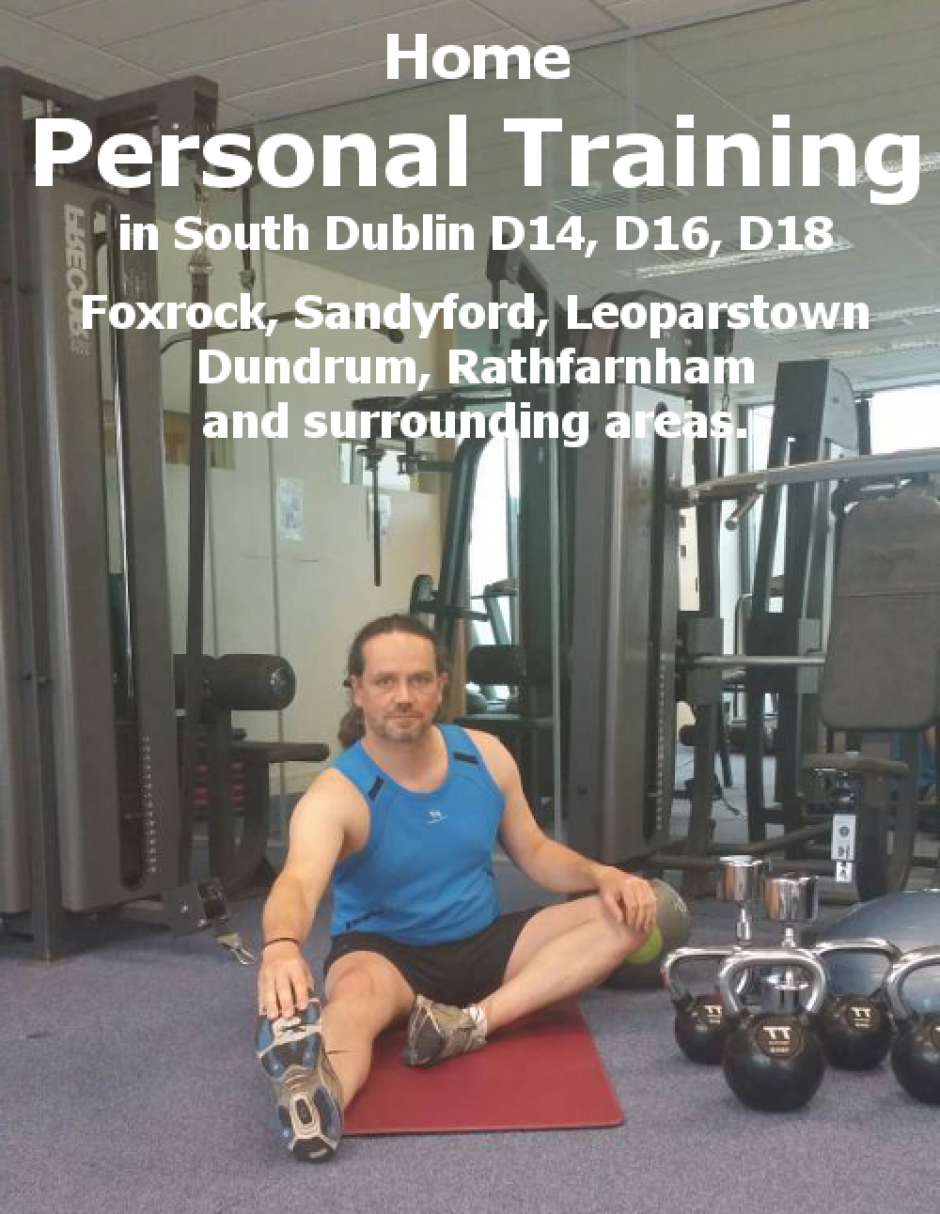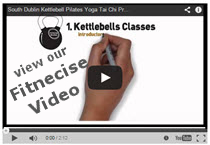The Complete Book of Pilates for Men by Daniel Lyon Jr. “The Lifetime Plan for Strength, Power and Peak Performance. [amazon-product bordercolor=”FFFFF” align=”center”]0060820772[/amazon-product]
Daniel Lyon covers a vast amount of exercises in his Men’s Only Pilates book.
The book is split into 4 parts, 17 sub chapters, 340 pages.
Part 1 – covers the basic, history, your Pilates Universe
Part 2 – describes “traditional Pilates Mat Work” and is split to Beginners, Intermediate and Advanced Pilates Exercises
Part 3 – explains “Reformer on the Mat Curriculum”, Exercises are again split into Beginners, Intermediate and Advanced Moves.
Part 4 – Routines for various injuries:
1. Workout Guidelines for an injured or weak neck and shoulders
2. Workout Guidelines for an injured or weak back
3. Workout Guidelines for injured or weak knees
Each exercises is spilt into three parts:
1. Body Position
2. The Mind in Motion (he describes different small variations here)
3. Cautions (recommendations depending on tight or stiff muscles or injuries)
I like the structure of the book and the massive amount of exercises listed. The exercises are described well, sometimes I would have liked to see more pictures of the variations – this might well be because I’m a rather visual learner.
I see one possibly danger – some men might push them to hard to early without the supervision of a qualified instructor. I’m teaching Pilate since early 2003 and have seen lot of people going and going and men a generally (not all) more competitive and act according to the motto “no pain – no gain”.
I would prefer to say “no brain, no gain”.Pilates is all about “Quality over Quantity” – aim to do the exercises to the best of your ability, but don’t push through pain.
Yes, challenge yourself, but don’t go as far so that you feel pain – you went too far if it are in agony.Aim for an 6-8 on a scale of 1 – 10 (1 – meaning you don’t feel anything, 5 – you see/feel the muscles, body part working and could do a good few repetition with good quality, 10 – you lose you form/alignment and might feel extreme discomfort or even pain).
Daniel re-emphasise good quality and proper technique over and over again, with which I agree completely. Here three paragraphs from his “Notes to the reader” which expresses this: “Many of the exercises throughout the book will instruct you to squeeze or flex your buttocks. If doing so causes tightness or pain in you lower back, then disregard this guideline. Don’t force yourself to follow any instructions that do not suit your body specifically.
In Pilates we don’t believe in that pain does your body any good. The German / Austrian expression. “von nichts kommt nichts.”, which translates to “no pain no gain,” never applies to Pilates.
The “Routines for various injuries” part is excellent and re-focuses on making appropriate adjustments, depending on the injury e.g. neck/shoulders, a weak back or weak knees.
It’s a book for you if you have the discipline to stick to the exercise that are for you, depending on existing core strength, injuries, back issues and previous Pilates experience.
It might therefore suit individuals who have done some Pilates before and want to learn more Pilates exercises, more about Pilates itself, different variations of Pilates moves – with the re-assurance that they do the moves in a appropriate and correct way.
To read a few sample pages of the book – follow the link above and keep clicking on the picture of the book, Amazon seems to offer a preview for most book. You might find this book also in the Google Library.
Your in Fitness & Health
Martin

